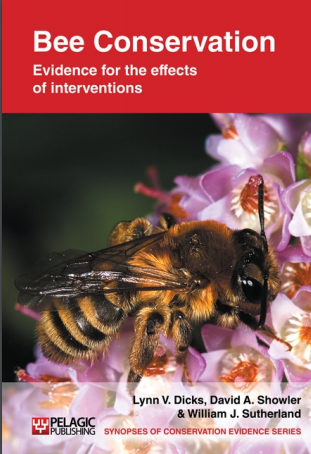Eradicate existing populations of invasive non-native species
-
Overall effectiveness category Awaiting assessment
-
Number of studies: 2
View assessment score
Hide assessment score
How is the evidence assessed?
-
Effectiveness
not assessed -
Certainty
not assessed -
Harms
not assessed
Study locations
Supporting evidence from individual studies
Williams et al. (1989) tested a method for killing naturalised colonies of Africanized honey bee Apis mellifera using poisoned bait, in an outdoor experiment in Louisiana, USA. Nineteen colonies were given sucrose-honey syrup containing the organophosphate insecticide acephate at 250 ppm (mg/l), at feeding stations 10 m away from the experimental hives during April 1988. 13 colonies died within three days. In six treated colonies and two control colonies, the queen bee survived or was replaced and the colony survived. Treatment lasted for 30-40 minutes before foragers became poisoned. No other insects were observed visiting the bait.
Study and other actions testedNagamitsu et al. (2010) removed foraging non-native buff-tailed bumblebees B. terrestris from six wooded sites (0.1-1.0 ha in size) in agricultural and urban landscapes in the Chitose River basin, Ishikari, Hokkaido, Japan, from 2005 to 2006, and monitored bumblebees at these and seven control sites from 2004 to 2006. The removal treatment increased numbers of the native bumblebee B. ardens in both years, and increased numbers of B. hypocrita in one year, but did not consistently lead to a drop in the numbers of B. terrestris trapped at the sites.
Study and other actions tested
Where has this evidence come from?
List of journals searched by synopsis
All the journals searched for all synopses
This Action forms part of the Action Synopsis:
Bee Conservation
Bee Conservation - Published 2010
Bee Synopsis





)_2023.JPG)














